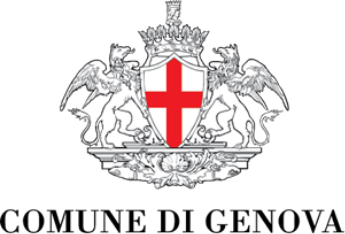Click here to view image
Fabric fragment
Schmidt y Pizarro 1938 acquisto
Nazca
Fabric fragment
Fabric fragment
V b.C. - VII a.C. - 500 b.C. - 700 a.C.
Unità di misura: cm; Larghezza: 14; Lunghezza: 50
Perù
cotone naturale e fibre camelidi, tela a faccia di ordito
Le mani delle americhe - Genova, Laboratorio didattico Sant'Agostino - Nov. 1995 - Gen. 1996
Rectangular fragment of slightly warp-faced plaincloth fabric. Warp and wefts in natural cotton and camelid fibers in light blue, yellow, dark and medium brown to design scalar geometric motifs or stylizations of demon faces through pairs of right angles with a tooth motif on a red background. Double-faced fabric.



